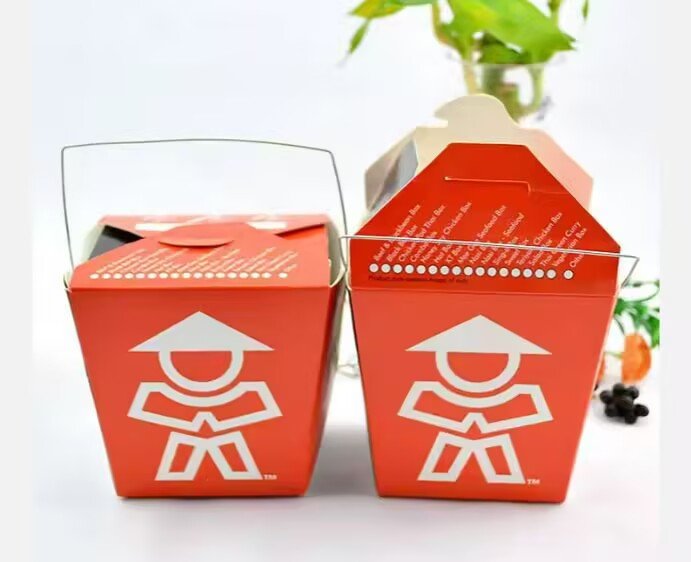Plastic ban and solutions in European supermarkets 2025 (2)
Ganyuan
2025 年 4 月 17 日

The cold chain packaging industry is undergoing a transformation, where sustainability is no longer an option but a necessity. Traditional EPS foam and plastic take centuries to degrade, whereas “compostable bamboo pulp pallets” offer a high-performance, eco-friendly alternative. This article will explore how bamboo-based packaging can meet the demands of the cold chain while reducing environmental impact.
1. Problems with traditional cold chain packaging
1.1 Environmental hazards
-500 years of degradation cycle (EPS foam, plastic lining)
-Microplastic pollution (formed into harmful particles after decomposition)
-High carbon footprint (emissions from production and processing)
1.2 Performance limitations
-Low temperature embrittlement (-20℃ below prone to cracking)
-Not reusable (industry relies on disposable packaging)
-Regulatory risks (global ban on plastic continues to expand)
2. Why is bamboo pulp tray an ideal solution?
2.1 Excellent material properties
-Natural thermal insulation (temperature stability for more than 12 hours)
-High moisture intensity (moisture resistant, suitable for seafood/meat transport)
-Shock absorption protection (for fragile items such as vaccines and electronic products)
2.2 Certification of compostability
-90 days complete degradation (in accordance with “OK Compost HOME” and “ASTM D6400 standards”)
-No toxic residue (different from PLA bioplastics, safe for soil)
-Negative carbon life cycle (CO₂ absorbed during bamboo growth)

3. Practical application in cold chain logistics
3.1 Frozen food transportation
Case study: A Japanese seafood company reduced packaging waste by “62%” after switching to bamboo pulp trays.
-Core advantages: no odor absorption (better than plastic).
3.2 Pharmaceutical and vaccine transportation
-Temperature stability: suitable for “-70℃” (compatible with dry ice environment).
-Sterile: natural antibacterial (reduces the risk of contamination).
3.3 E-commerce and fresh distribution
-Consumer preference: “Brand repurchase rate increased by 28%” for brands using compostable packaging (Nielsen data, 2023).
-Cost savings: lighter than plastic and lower shipping costs.
4. How to transition to compostable packaging?
4.1 Assessing needs
Temperature zone requirements (e.g., freezing-18℃, refrigeration 4℃).
-Certification requirements (FDA or EU 10/2011 for food contact).
4.2 Comprehensive testing
Thermal cycle test (freeze-thaw durability verification).
-Logistics compatibility (stacking, automation adaptation).
4.3 Clear communication of advantages
-Clearly labeled (e.g., “90-day household compost degradation”).
-User education (sharing sustainability data).
conclusion
Biodegradable cold chain packaging is not only an environmental trend, but also a choice of business wisdom. Bamboo pulp pallets achieve a balance between performance, compliance and sustainability. As global regulations tighten, the first movers will have a market advantage.


